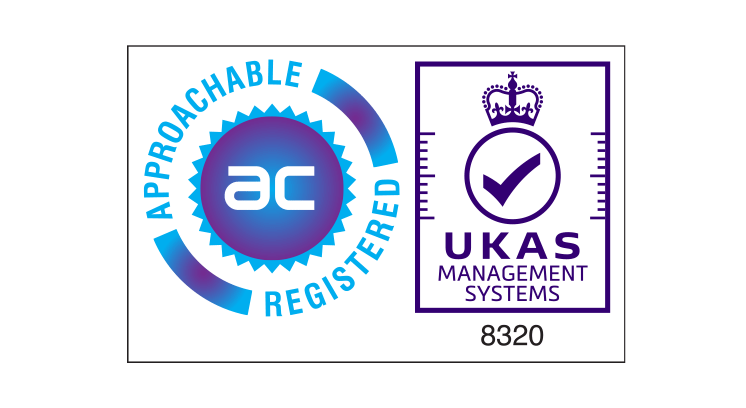Field Service Workflow
As I write this article, the modern field service management industry is valued at over USD 4.23 billion. That’s a lot of competition, and operating in this sector demands agility, efficiency, and accuracy. Yet, maintaining a streamlined field service workflow amidst these demands can be challenging. With the rise of digital tools, the conventional ways of managing field operations have evolved.
Enter the world of field service apps – a game-changer for automating your field service management workflows. These apps are no longer just nice-to-haves; they’re essential for businesses aiming to improve service delivery, reduce human error, and provide exceptional customer experiences.
Challenges Faced Without A Streamlined Field Service Workflow
The modern service industry landscape is rife with challenges. As the demand for rapid and high-quality service delivery grows, businesses are under immense pressure to ensure they meet these expectations. Some of the major challenges faced include:
- Manual Data Entry: Without automation, businesses often rely on manual data entry, which is not only time-consuming but also prone to errors. This could lead to costly mistakes, missed service appointments, or incorrect invoicing.
- Inefficient Route Planning: Without optimisation tools, field service engineers might find themselves driving back and forth across the city. This unnecessary travel wastes valuable time and fuel, and possibly missing or delaying appointments.
- Lack of Real-time Communication: In a dynamic field service environment, plans can change in an instant. Without real-time communication tools, businesses might struggle to keep their field technicians updated, which can lead to poor customer service.
- Decreased Customer Satisfaction: A disorganised workflow can often lead to longer wait times for customers and missed service windows, leading to dissatisfaction and, in the worst cases, loss of business.
To learn more about these challenges, this article detailing what is field service management is a great place to start.
5 Steps to Elevate Your Field Service Workflow
Discover More: The Future of Field Service Management
Technical Insights into Mobile Field Service Applications
The technological backbone of these mobile applications is what truly sets them apart. Here’s what’s under the hood:
Cloud Integration
Modern field service apps often operate on cloud platforms. This allows data to be stored, retrieved, and updated in real-time, ensuring everyone in the organisation has the latest information at their fingertips.
AI-driven Optimisation
Some field service management software uses artificial intelligence to optimise route planning. These tools can plan the most efficient routes by analysing traffic patterns, technician locations, and job requirements, saving time and fuel.
Intuitive User Interface (UI)
Field service apps prioritise user experience. With intuitive interfaces, technicians can easily access the necessary information without going through complicated menus or options.
Integration Capabilities
A good field service app can easily integrate with other business software solutions, like CRM or inventory management systems. This ensures seamless data transfer and minimises the need for manual data entry.
Security Features
Given the sensitive nature of some of the data handled, these apps come with robust security features, including data encryption and multi-factor authentication, ensuring that data remains protected.
The Benefits of Field Service Workflow Automation
Elevating your field service workflow is not just about introducing new tools; it’s about reimagining how work gets done. The advantages of streamlines business processes and multipronged:
- Automated Workforce Management: Say goodbye to manual rosters. With automated scheduling, task allocation becomes more straightforward and more efficient.
- Elimination of Manual Efforts: Human error is minimised when processes are digital, leading to more accurate and consistent outputs.
- Enhanced Service Delivery: With a streamlined field service management workflow, service delivery is quicker, more accurate, and more efficient.
- Solidarity Among Teams: With tools that improve communication and collaboration, on-site teams can function more harmoniously.
- Strategic Inventory Management: Keep track of parts and tools in real-time, ensuring no time is wasted searching for the right equipment.
- Reduced Downtime: With predictive maintenance and real-time reporting, the time equipment spends out of commission is reduced.
- Integrated Work Order Management: Have all the information you need, from customer details to job specifics, in one centralised location.
Conclusion
The field service landscape is evolving rapidly, and businesses must adapt to stay ahead. By enhancing their field service workflow, companies can improve the quality of service their field service teams deliver. This not only improves the lives of your mobile workers, but it will also position you as a leader in this dynamic sector.
















